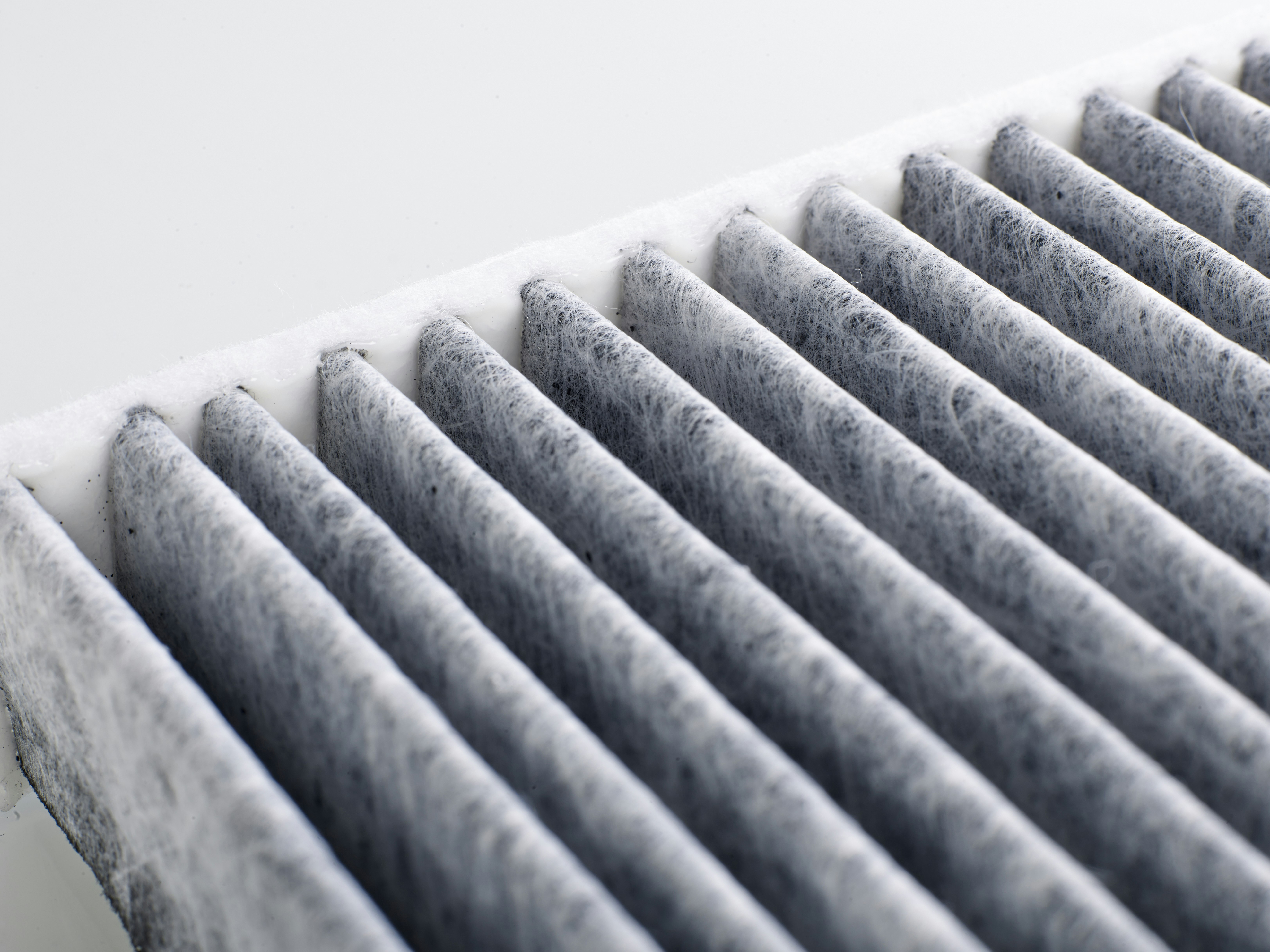The market for filters and filter media is growing strongly. Air filters are increasingly being used not only in industry but also in residential buildings due to the benefits they provide and have become a feature of everyday life. At the same time, there are differences between individual products. Some manufacturers use simple filter media made from paper, while other products contain elaborate filter elements. Combi-filters, for example, consist of an activated carbon medium and layers of nanofiber fleece. The filter manufacturing process is delicate and, in addition to bonding, the adhesive used has to fulfill a wide range of functions. Building filters for air purification capture the smallest particles such as fine dust, pollen or smoke. However, filters can also trap and remove airborne pathogens such as bacteria or viruses.
A multifaceted medium
The depth filters used in buildings are available in three different standards: EPA (efficient particulate air), HEPA (high-efficiency particulate air) and ULPA (ultra-low penetration air). They facilitate a continuous supply of clean air and create a healthy indoor environment, for example in offices or production halls. Depth filters are based on synthetic materials such as fiberglass fleece. They may also be laminated with additional filter media to enhance the product’s characteristics, such as to increase its stability or filtering performance.
For optimum results, the surface area of filters has to be increased as much as possible in the small space available. Michael Dressler, product coordinator at Jowat, explains: “To maximize the filter surface area in the small space available, manufacturers pleat the filter media and stabilize it using a hot melt adhesive.” Adhesives like Jowatherm 262.25 based on ethylene-vinyl acetate (EVA) are optimally adapted for the pleating process, with the appropriate open time and high green strength. In addition, hot melt adhesives are solid when cold but remain flexible enough to facilitate a safe handling of the filter elements. The filter media are then bonded into frames made from wood, metal or plastic, which makes them easier to install or replace in ventilation systems.
Highest quality filtration
In industry and especially in the medical field, a continuous supply of clean air without emissions and pollutants is of the utmost importance to ensure high standards of hygiene and occupational safety. This includes but is not limited to the production of medical or electronic products where a clean environment is essential for the quality of the end product. The reliable filtration of indoor air also plays a vital role in labs and operating rooms. Airborne particles like mold, bacteria, viruses, pollen or suspended solids are removed from the air to maintain a clinically pure environment. HEPA filters used in standardized clean rooms can trap particles which are less than one micrometer in diameter. Much of the total weight of final building filters is due to the adhesive used in the manufacturing process of HEPA filters. “Big filter elements contain up to six kilograms of adhesive,” says Dressler. It is therefore not uncommon for a filter manufacturer to use several tonnes of adhesive a year in the production of HEPA filters.
Building filters help facilitate energy-efficient homes as well as high standards of hygiene and occupational safety. Today, Jowat is focusing on research and development in this field more than ever before.
What is pleating?
Pleating describes the process in which the filter media, usually made from fleece or paper, is folded into an accordion-like shape. The purpose of this is to create the highest possible surface area in a small space. The folds are then stabilized using an adhesive.
The article is published in the magazine "Filtration+Separation July 2023". You can download the original article down below.

